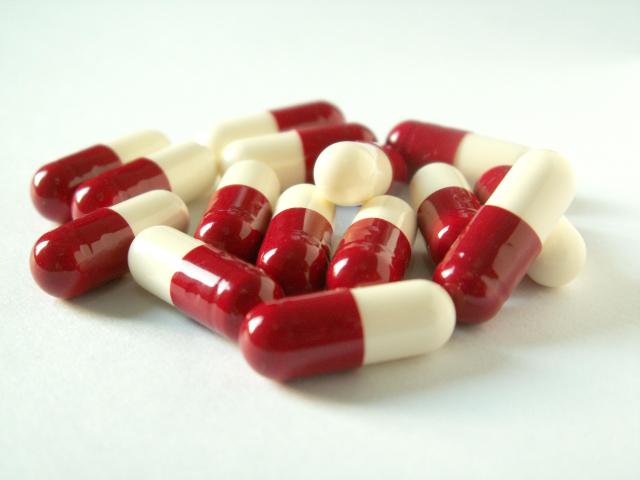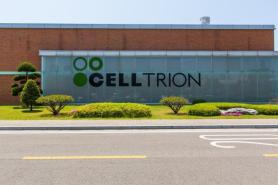
SEOUL, July 15 (AJP) - Biopharmaceuticals made up 42 percent of new drug launches worldwide between 2020 and 2024, reflecting their growing influence in the pharmaceutical landscape, according to new data released Tuesday by market research firm IQVIA.
The share of biological medicines among newly approved active substances has steadily increased over the past two decades — from 28 percent between 2005 and 2009, to 30 percent in the following five years, and to 39 percent between 2015 and 2019. The latest figures confirm a continued upward trend.
New active substances, or NASs, are defined as compounds with previously unapproved chemical structures or mechanisms of action. They often represent significant innovations in drug development, forming the basis of pharmaceutical pipelines across the globe.
Regional disparities in biopharmaceutical adoption remain notable. In the 2020–2024 period, biologics accounted for 33 percent of NAS launches in China, compared to 44 percent in the United States, and 45 percent in both Japan and a group of four major European Union countries plus the United Kingdom.
IQVIA attributed these variations in part to differences in regulatory environments and market accessibility, emphasizing that a country’s level of access to biopharmaceuticals directly influences its overall healthcare spending.
While China’s adoption rate still trails that of more developed markets, the gap has narrowed in recent years, the firm said.
The five-year period also saw a notable acceleration in overall drug development, with 394 NASs launched globally — representing nearly 40 percent of all new active substances introduced since 2005.
The United States led with 273 NASs during the period, a 22 percent increase from 2015 to 2019, further solidifying its position as a hub for biopharmaceutical innovation.
Copyright ⓒ Aju Press All rights reserved.


